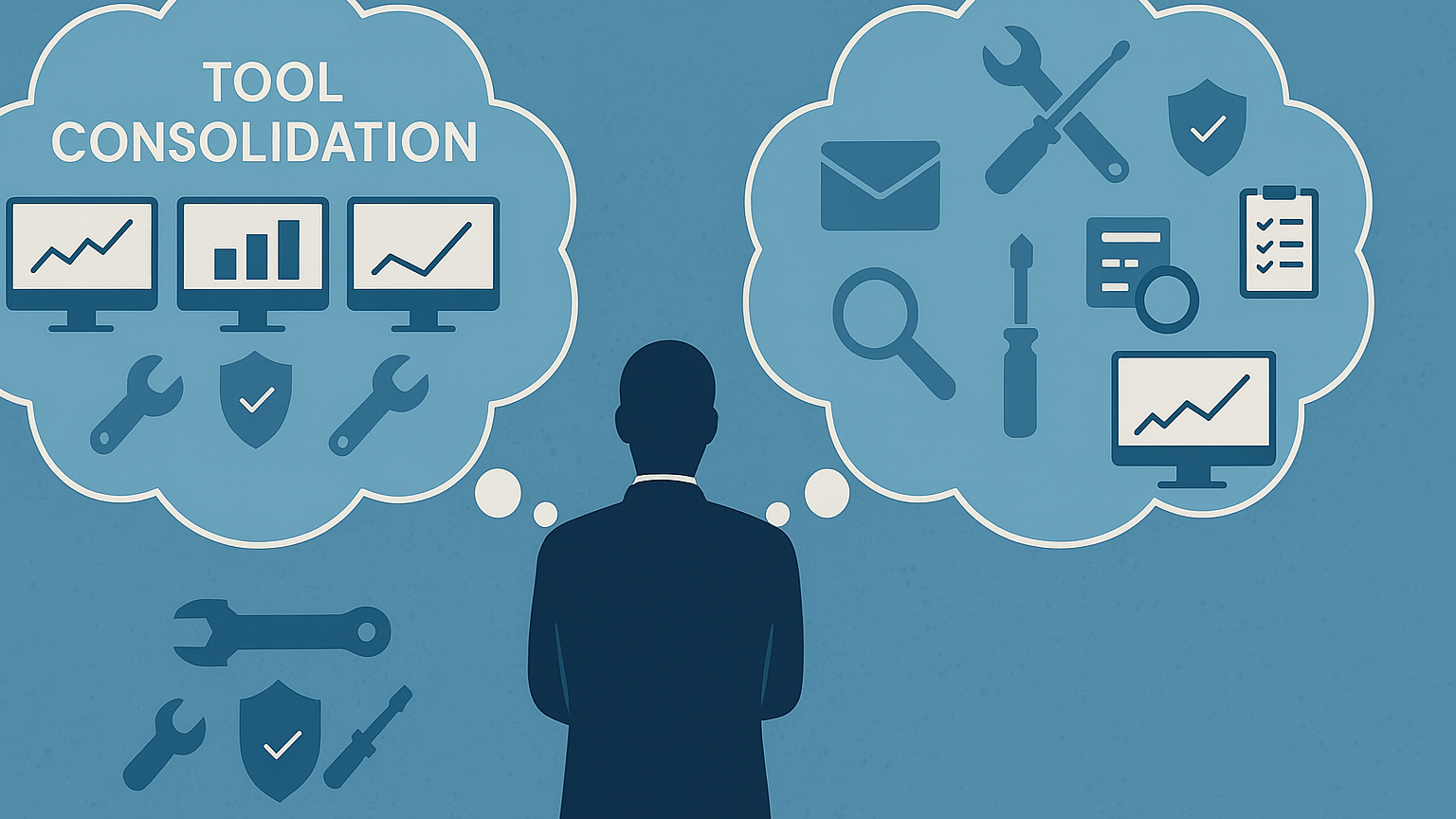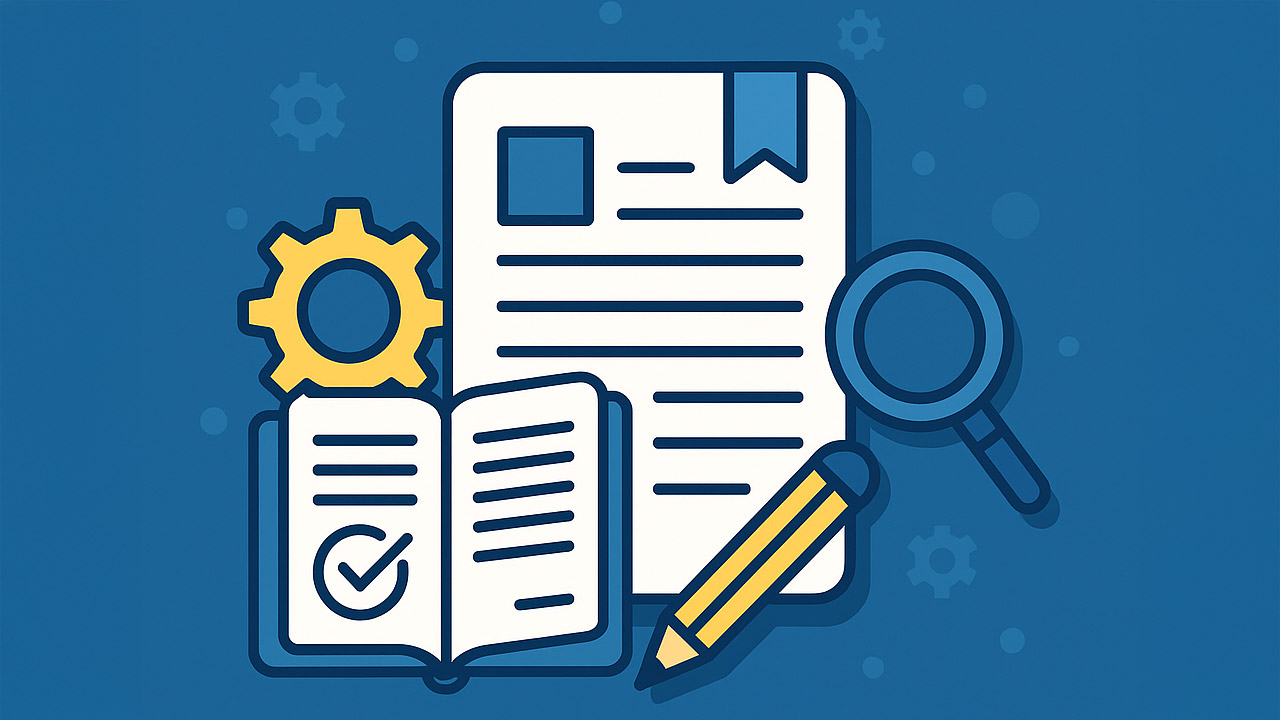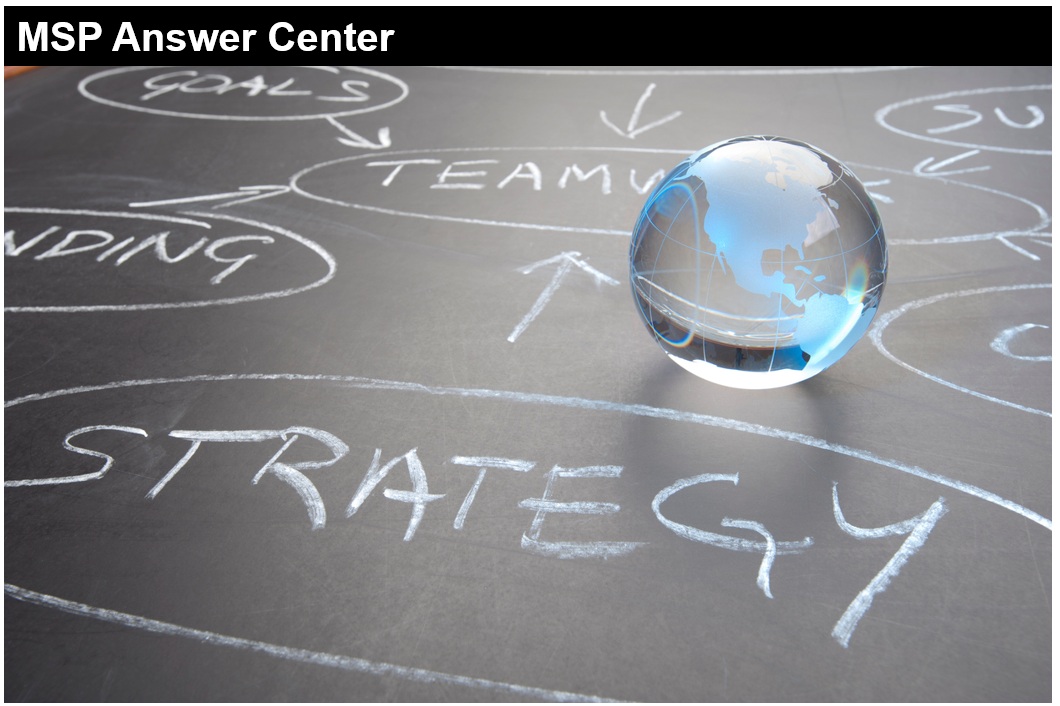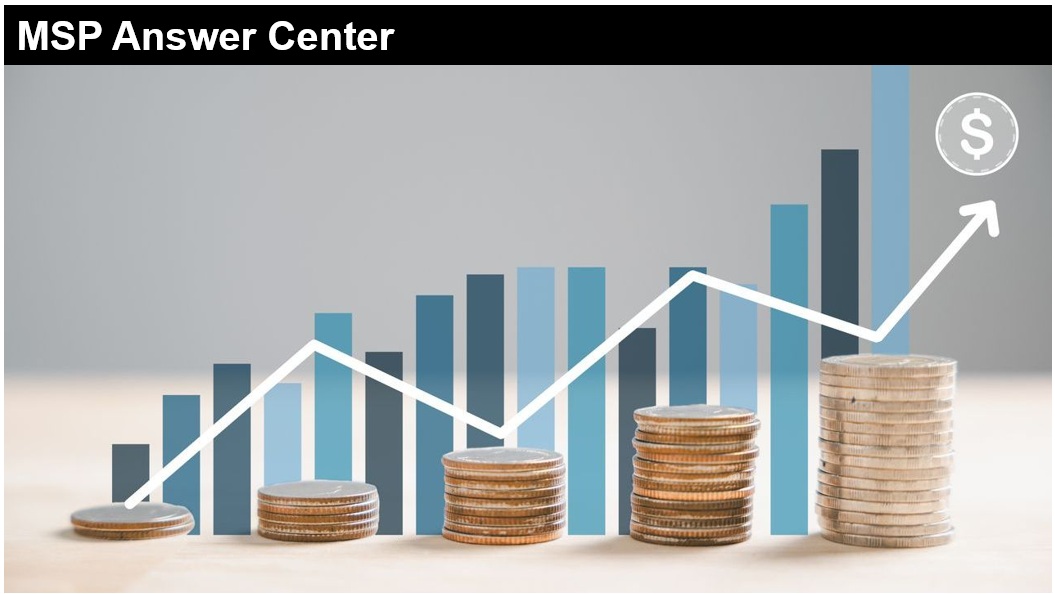At some point, every MSP asks the same question: “Do we really need all these tools?”
The allure of tool consolidation is hard to ignore. Fewer vendors, fewer bills, and fewer things to manage sounds like operational heaven. After all, every minute your techs spend juggling logins or reconciling overlapping features takes away from serving clients or growing the business.
But there’s a reason some MSPs regret consolidating too far and too fast. When you pull too many capabilities under one roof, flexibility can take a hit. And when something breaks, your whole house of cards falls, not just one isolated piece.
“While consolidating services with a single vendor has streamlined our operations and improved integration, it has also required careful consideration of the risks,” observed Corey Kirkendoll, president and CEO of 5K Technical Services, in a previous interview.

Corey Kirkendoll
So when does consolidating tools make you more efficient and when does it become a liability?
Consolidation Makes Sense When …
- You’re overloaded with overlap. Let’s say you have three platforms doing variations of the same job, like email security, endpoint protection, and threat detection. It’s probably time to pause and simplify. Redundant tools drain profit margins and confuse staff. If one platform offers deep integration across those functions, consolidation could boost efficiency and reduce total cost of ownership.
- You’re struggling with tool fatigue. You may have too many dashboards, alerts, and updates. When your team has to jump between systems constantly, errors go up, and morale goes down. A unified toolset offers a more consistent workflow and easier onboarding for new hires.
- You’re scaling and need predictability. Smaller MSPs can sometimes afford a patchwork of tools. But as you grow, you need more centralized control. Growing teams benefit from standardized processes and consolidated platforms that reduce variability across clients.
Consolidation Can Backfire When …
- You sacrifice best-in-class performance. Some all-in-one platforms are great at everything. Others are just OK at a lot of things. If consolidating means ditching a tool that provides superior protection, reporting, or client experience, it’s worth asking: is “good enough” really good enough?

Chris Barber
- You lose leverage with vendors. A diversified stack provides bargaining power. If all your services are locked into a single vendor, you’re in a tough spot when renewal time rolls around or if support quality drops. Alternatives can be a strategic advantage. “We’ve benefitted from tighter operations and better relationships with our vendors,” Cheaper than a Geek Chief Nerd Chris Barber said in a previous interview, “but we’re also careful to keep some alternatives on hand — just in case we need to make a quick change.”
- You introduce single points of failure. The beauty of spreading risk across multiple tools is that one vendor glitch doesn’t paralyze your whole business. Consolidating means fewer safety nets. If your RMM, patching, and security all ride on the same platform, a major outage could affect every client simultaneously.
The Smart Move? Review, Don’t Rush.
Tool consolidation isn’t a binary decision. The goal isn’t to have as few tools as possible but to have the right tools for how you work. That mindset shift changes everything.
Rather than, “What can we eliminate?” ask, “What are we actually using and how well is it serving us?” You might find one tool is underused but mission-critical. Another might be redundant but beloved by your team. A third might be perfect for one vertical client but overkill for the rest.
Nuances matter. A thoughtful, measured review of your stack, ideally done annually, will give you the clarity to consolidate where it adds value and resist the temptation where it doesn’t.
Consolidate to Simplify, Not to Settle
If a tool makes your life easier, improves client outcomes, and fits your margins, then keep it. If it’s a legacy platform hanging on because, “We’ve always used it,” it’s worth rethinking.
Smart MSPs chase better results, not fewer tools. Sometimes that means consolidating tools. Sometimes it means staying flexible. The trick is knowing the difference.
Next Steps
- Want more helpful guidance on this topic? Check out our Running a Profitable MSP Answer Center.
- Have a question for our experts? Send it to editors@channelpronetwork.com
ChannelPro has created this resource to help busy MSPs streamline their decision-making process. This resource offers a starting point for evaluating key business choices, saving time and providing clarity. While this resource is designed to guide you through important considerations, we encourage you to seek more references and professional advice to ensure fully informed decisions.
This article was updated on 9/23/2025.
Featured image: iStock













